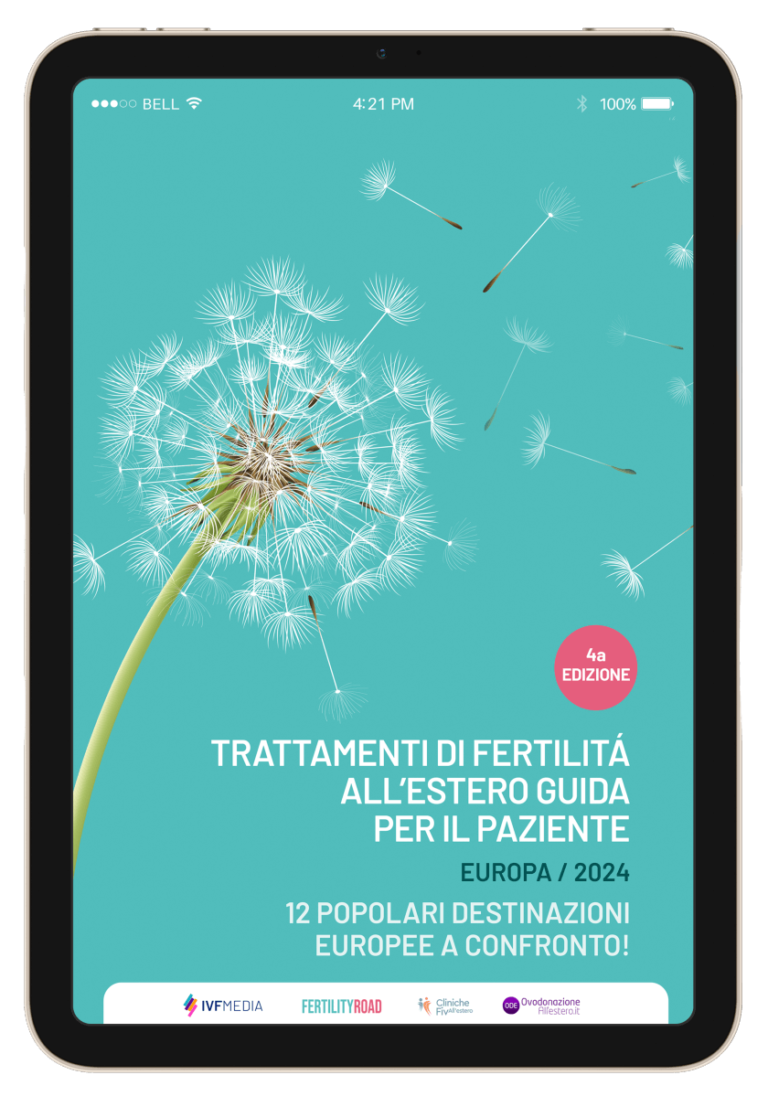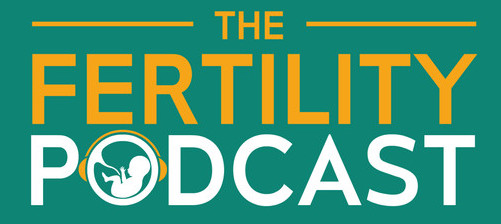Embryo freezing is usually offered when there are surplus embryos available after transfer. This is hopefully the case after egg donation.
Currently there are two ways of freezing eggs/sperm/embryos. So called Classic Slow-Freezing and Vitrification. Both methods are in use, sometimes in the same fertility clinic. Vitrification is believed, by most laboratories, to be a superior method of freezing eggs (oocytes) and embryos. This method of freezing will usually cost more than slow-freezing.
During slow-freezing, the eggs and embryos are frozen with the addition of a cryoprotective agent to prevent the formation of ice crystals in the cells. Subsequently the cells are cooled slowly in steps to -196 degrees Celsius and stored in liquid nitrogen. The formation of ice crystals is harmful to the cells and, if it occurs, will have a negative impact on their survival rate during thawing.
During vitrification, the water molecules in an egg or embryo are removed and replaced with a higher concentration of cryoprotectant than in the slow-freeze method. The solution containing the embryos is cooled so quickly that the structure of the water molecules doesn’t have time to form ice crystals and instantaneously solidifies into a glass-like structure. This is believed to lead to better survival rates during thawing.
Most of the labs offer vitrification, but in some it is an ‘extra’ cost whilst in others it is standard. It is worth bearing in mind that all clinics will try and do the best for their patients. They would not offer slow-freezing if they thought it was vastly inferior as this would have a negative impact on their success rate. Since blastocysts (according to the studies) survive better using vitrification, it may be worth the extra cost at this stage of embryo development. Successful freezing of blastocysts may mean that fewer fresh embryos need to be transferred. This may reduce your risk of a multiple pregnancy.
Advantages of Embryo Freezing
Freezing your surplus good quality embryos means that you may be able to use them in a subsequent cycle without going through all stages of the IVF procedure again. This has the advantage that you can possibly have a sibling for a child and, of course, the treatment will be cheaper. There will be a cost to freeze and store surplus embryos (although some clinics do include it in the package price).
We have provided information about the cost of embryo freezing where possible in each of the featured clinics on our website.
Featured IVF Clinics in Europe




